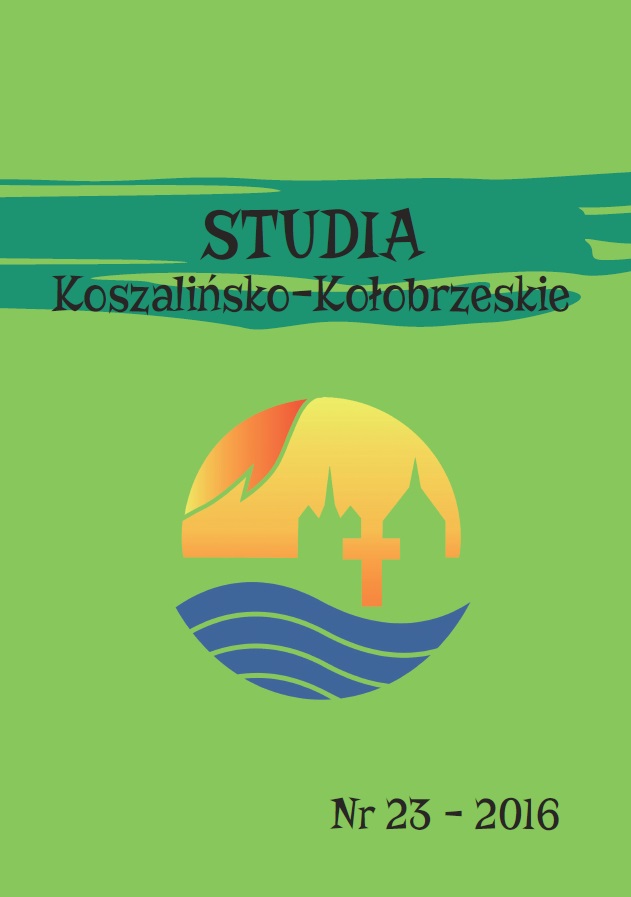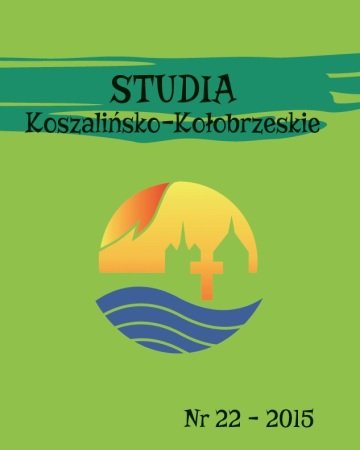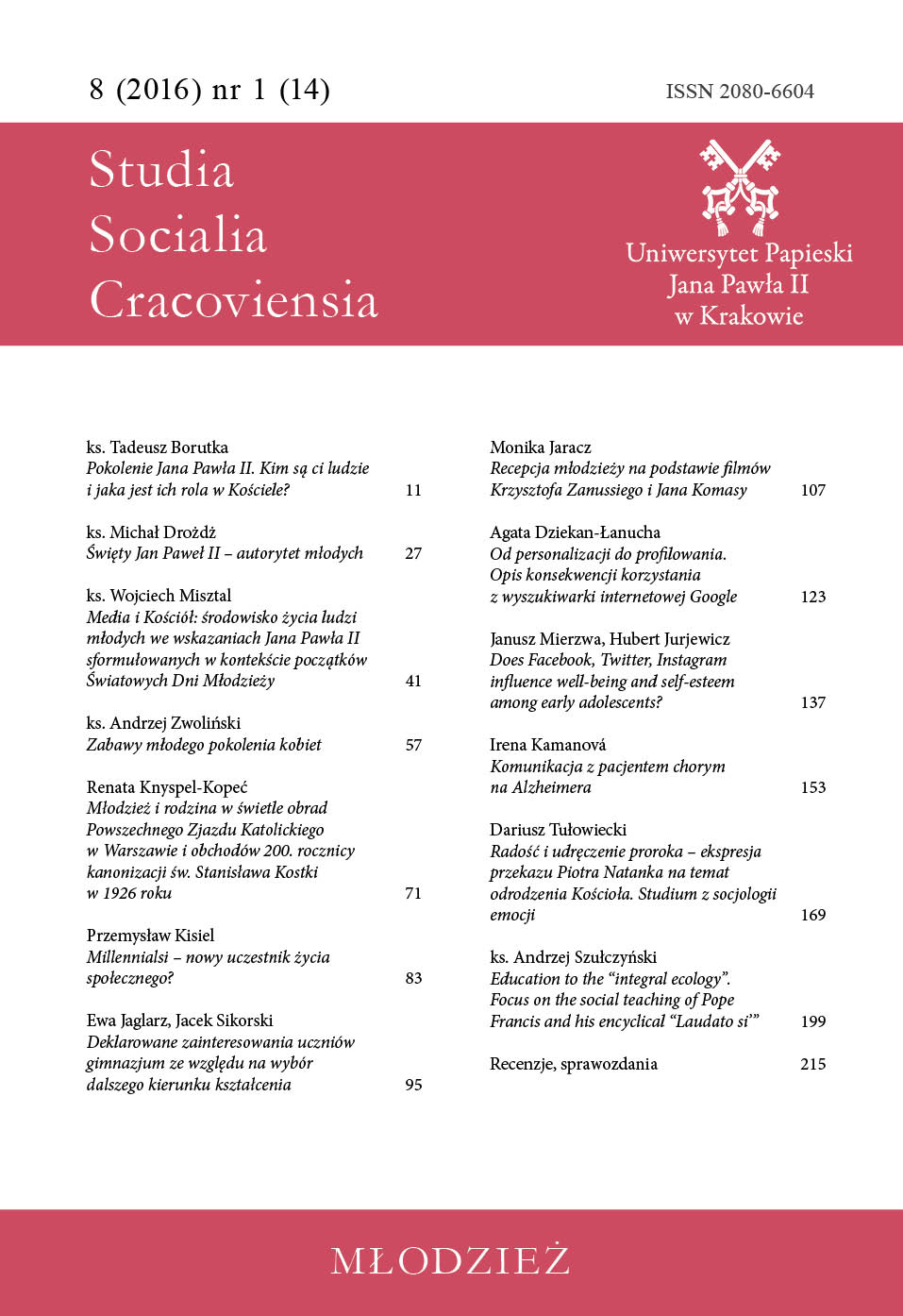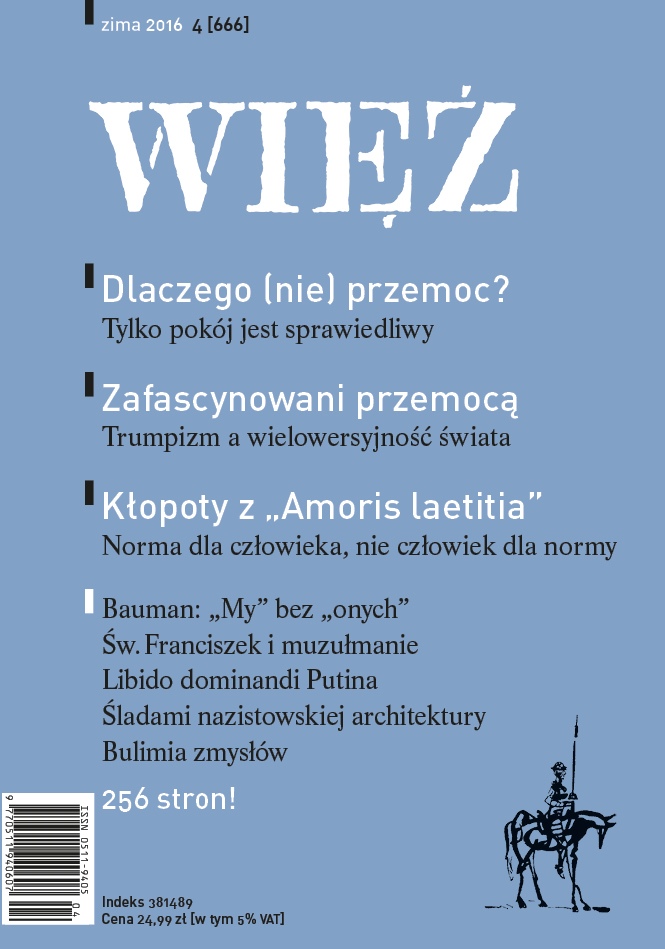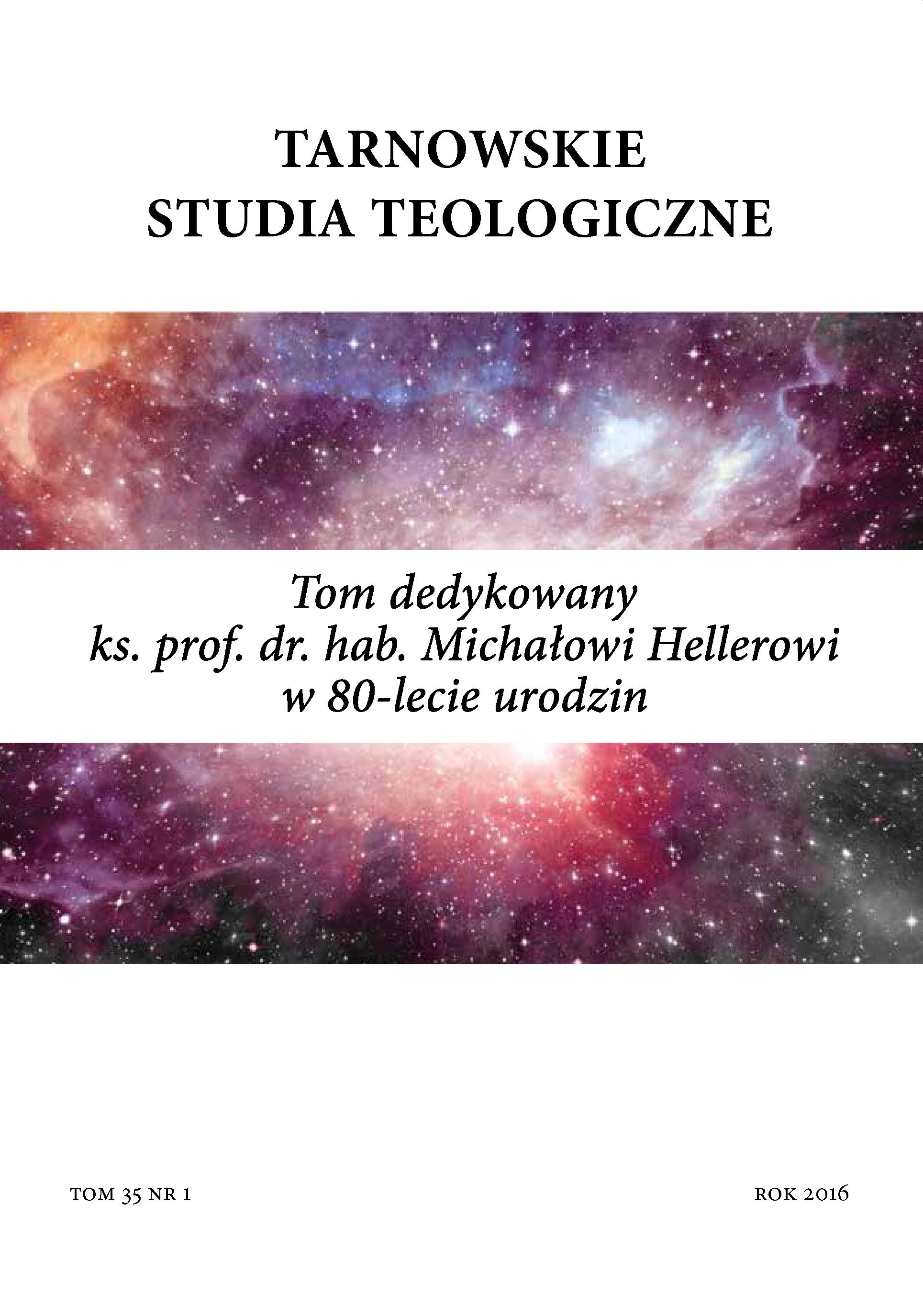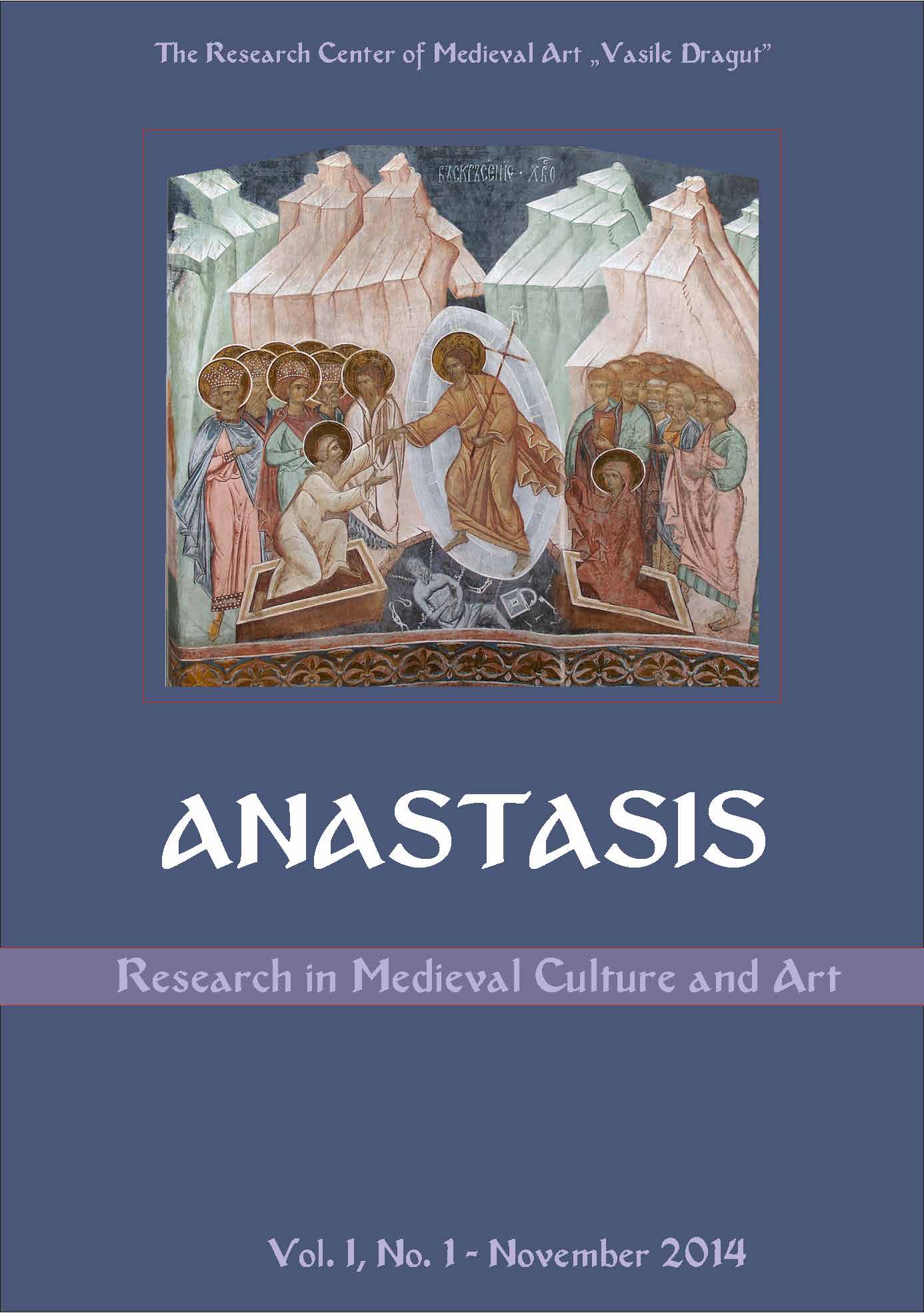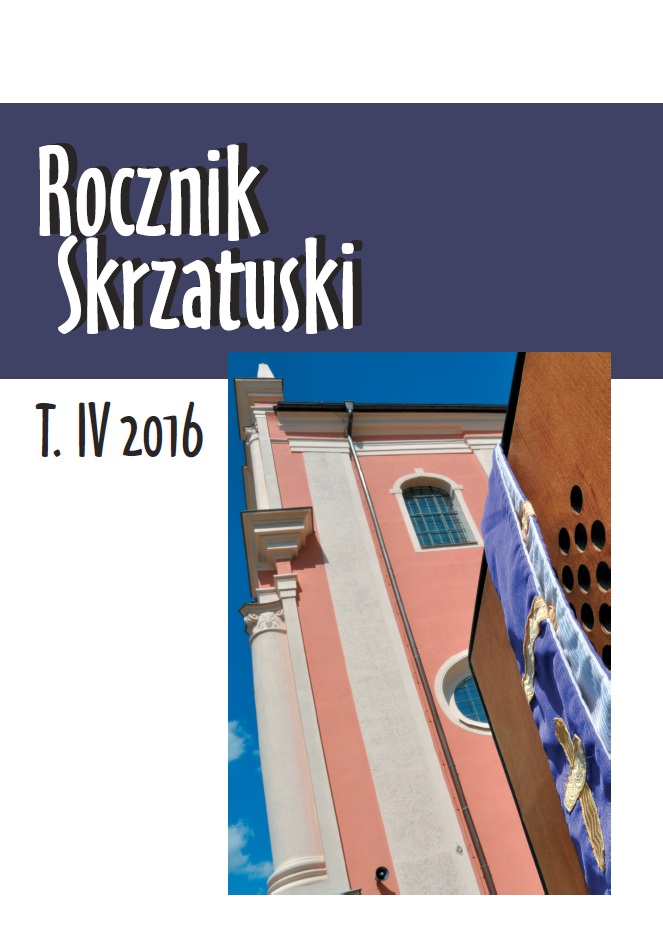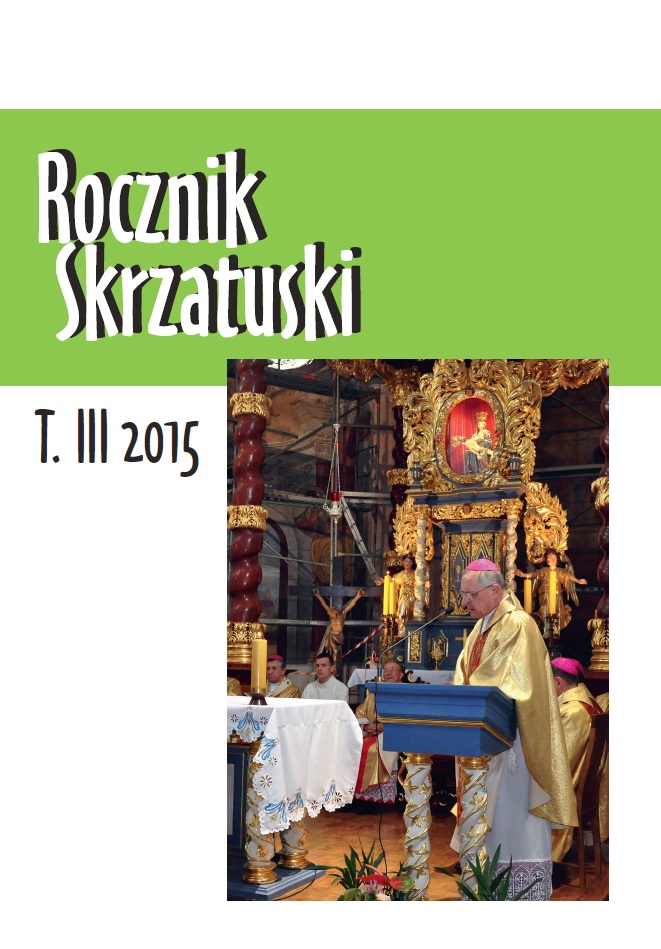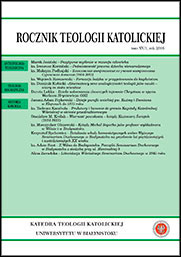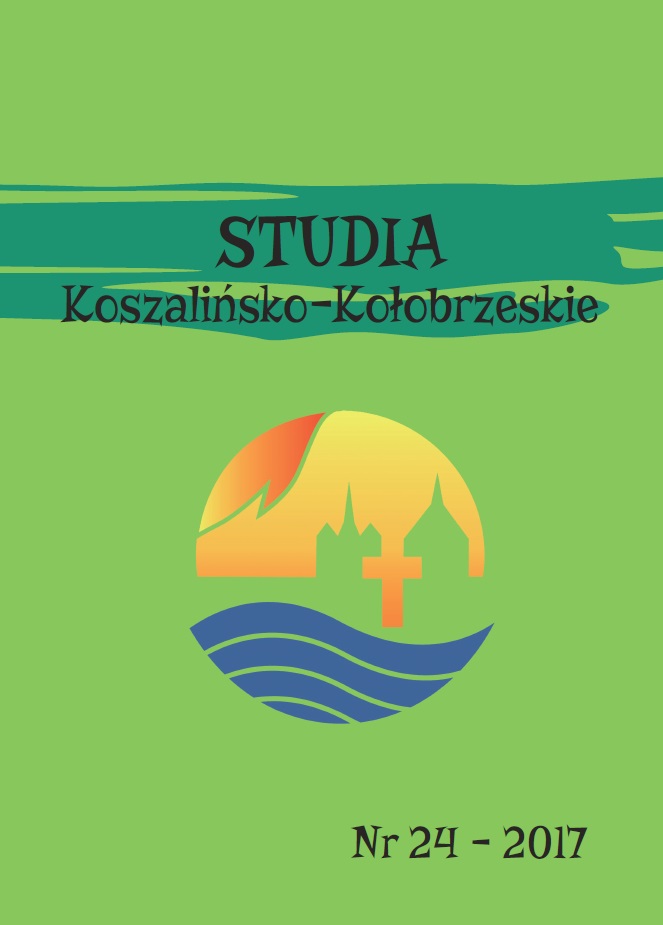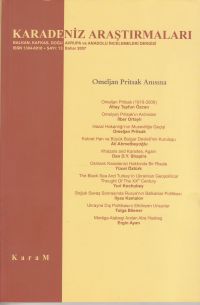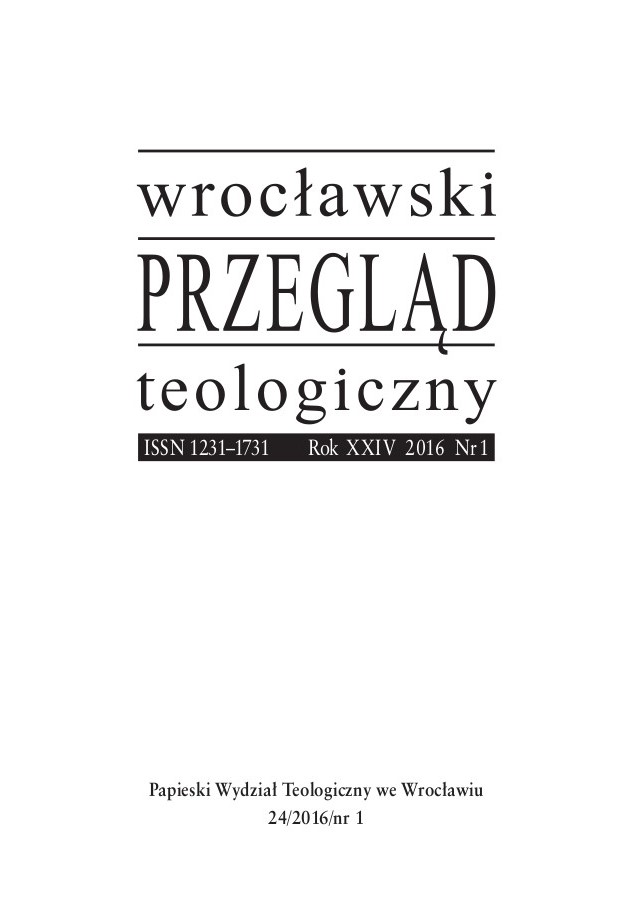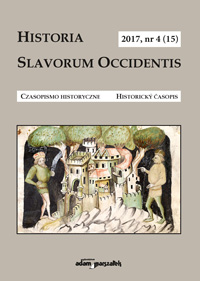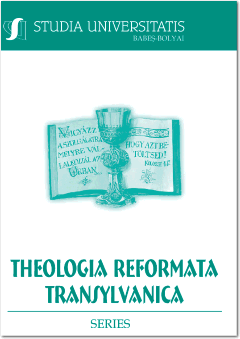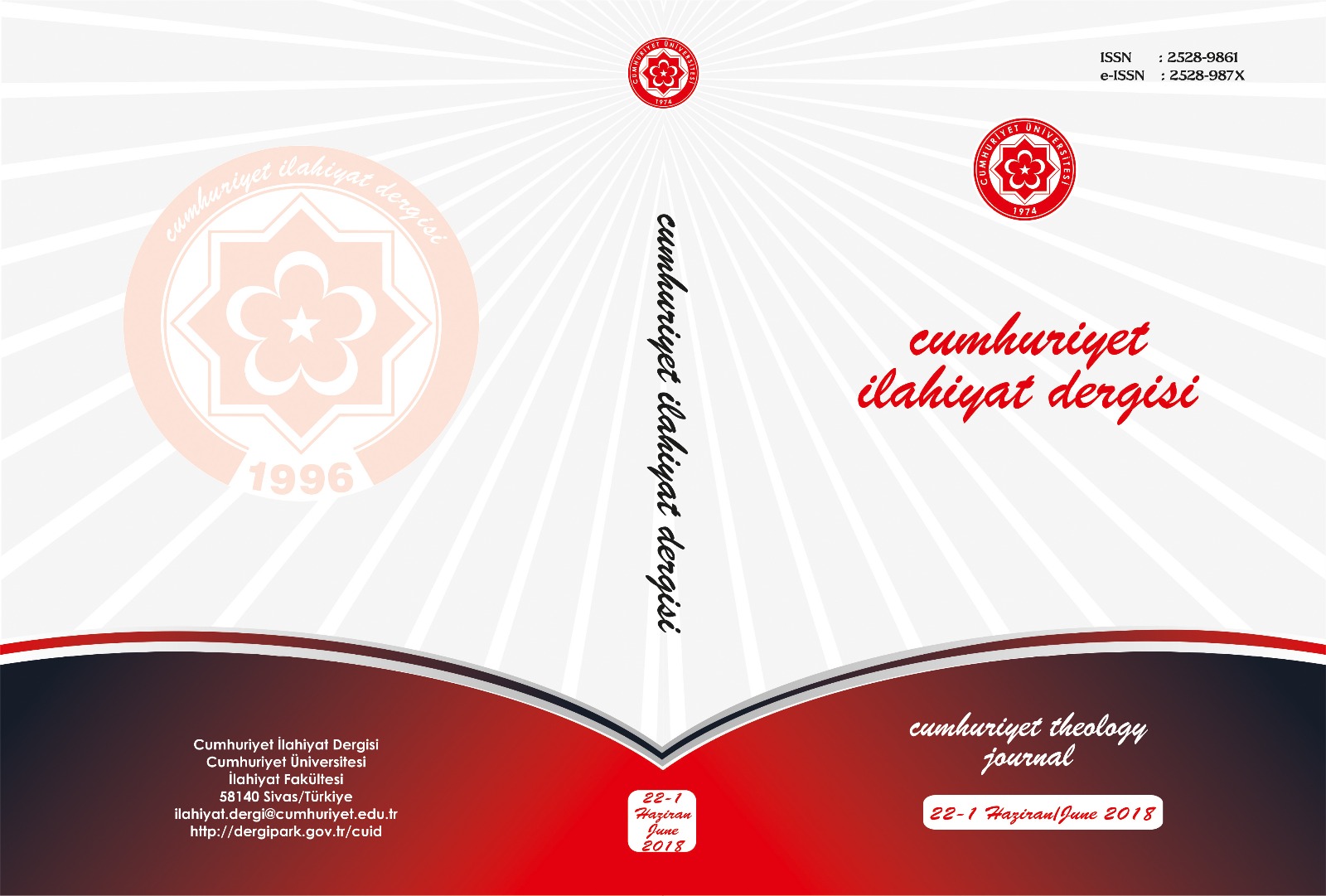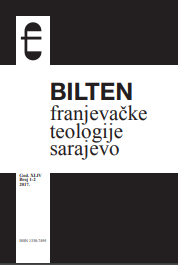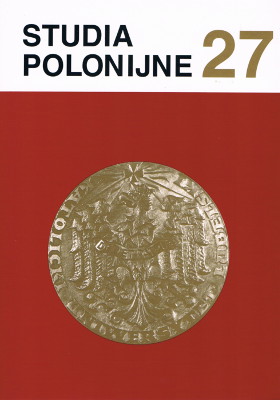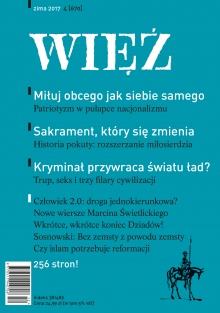Author(s): Şaban Erdiç / Language(s): Turkish
Issue: 1/2018
This article focuses on the relationship between religion and politics in contemporary Turkish novel, based on Orhan Pamuk’s novelKar. The study aims to understand and explain paradigms of religion-politics relations in Kar, which approaches Turkey’s recent religious and political debates with a literary fiction, and reflects how religious and political cultures are reflected in Turkey in this frame. In the novel, a new development momentum after 1980, and with the right, conservative and Islamist circles that motivated politics more actively during the 1990s, the modernization that has not undergone in Turkey in a way, in fact, within the framework of the approach of the writer, the values of provincial representatives in Turkey conflicts have been brought forward. In a postmodern perspective, the Kar shared important photographs of religion and politics at this stage of the modernization struggle between Islamist-secular, Eastern-Western conflicts. Finally, religion in the novel was dominated ideologically by the instrumentalist of poverty and deprivation, rather than the character of preventing change according to its place. Politics is described as more Jacobean and secular, and also as provincial in relation to modernization there.Summary: There is no doubt that literature in the process of transition from the empire to the republic; the novel, especially as a Western product played an important role in the consciousness level of modern Turkey. This literary influence, rather than pursuing a certain line, took place within two centuries of adventurous journey, generally in harmony with the periodical historical, social and political conditions of the Turkish society. In this context, the Turkish novel was seen as a means of producing different powers and ideologies, especially at the points reached by the modernization in the last half century, while at the beginning adopting a legitimizing attitude to make politics more intense. But with it, as an important element of the cultural system, religion has always been one of the main themes in the journey of the novel.The article deals with the study of religion-politics relations in the contemporary Turkish novel in terms of sociology of religion. As an example of the study, Orhan Pamuk was chosen as the Snow novel, which made its first publication in 2002 and took the subject of tense religious-political relations matched by the 1980s conditions in Turkey with a broad cultural background. The aim of the study is to understand and explain the approach of the contemporary Turkish novel to religion-politics relations which always created a tension environment in Turkey. By making a historical comparison in this framework, the place of the Snow is glanced in the politics and religion perception of the Turkish novel, Orhan Pamuk was emphasized as a social personality and author, and then different levels of consciousness constructed by the social events, phenomena and processes in the novel have been evaluated from a phenomenological perspective.In this study, the Snow was regarded as a novel whose recent religion-politics relations of modern Turkey were treated with a postmodern allegory through different sets of meanings of religious and political cultures. In this regard, the Snow has presented itself as a literary product, as well as a text that sheds light on the fundamental problems of today’s religion-politics relations, which include different levels of consciousness about the religious, political and ideological knowledge of society. From here it can be said that the novel, in the context of literature-society relations, has brought wealth from the one side by organizing the events within the framework of the religious and political values of the society while offering postmodern points of view to these values from the other side. Finally, in the Snow, Pamuk realized a literary expression on the basis of society of religion and politics relations in Turkey. This expression, however, has not been independent of the religious and political accumulation that has been transferred from the Ottoman to the Republic, as well as the social personality that it shapes around an institutional baggage.Clearly, Pamuk has put a number of meanings in religion and politics and their relationship to each other, sometimes through different characters, sometimes through irony and criticism in the Snow. Around the postmodern paradigm, the Snow has presented different meanings worlds of religion and politics and the different images of these two old social institutions in a philosophical and sociological perspective. In other words, Pamuk deals with the novel’s event pattern, social typologies, social classes and their epistemological accumulations in their natural socioeconomic, cultural, religious and political environments. The Snow is fictionalized around an identity struggle shaped by the Islamist-modernist thriller. Here, although the individual-compromising aspects of religion and politics “Kemalist” and “Islamist” have emphasized the imperative, populist political understandings and the exclusionary and ideological aspects of religion. Thus, the novel inspired by the military intervention on February 28, 1997, shed light on the religious and political culture of Turkey, and finally attracted significant photographs of the society, which are reflected on the meaning networks of religious and political institutions.In the Snow, religion and politics are based on the meanings of concepts such as “coup”, “Kemalism”, “political Islam”, “turban”, “Islamist”, “secular”. In the novel, the social and political images put forward in the context of “coup” carried a number of symbols representing the last half-century of the Republic in the 2000s. As a matter of fact, the coup that was taken on the novel was made especially against the “religious” who organized and strengthened around the socioeconomic, cultural, political, religious and ethnic problems that occurred after 1980. On the other hand, in the novel “Kemalism” and his ideology have become another important theme in which politics is evaluated in Turkey. In this context, in general terms, the view of the “Kemalism” and the military bureaucracy on the public and its values have been presented in a Jacobean and elitist attitude, which restricts individual rights and freedoms to the state, with different categorical characteristics.In addition to stressing the characteristics of being a subclass of religion, compensating for the deprivations and preventing social change in place, in the novel emphasized the fact that, with its coup, it gained a political, ideological, populist and instrumental identity. As a matter of fact, girls with headscarves have been seen as a symbolic case by political Islamists and they have made this case a political material. In the Snow, religion and politics are regarded as social institutions that are separate and sometimes in conflict with each other, but also the mutual relations between the two institutions in the context of the interest relations of Sheikh Efendi and some bureaucrats. Thus, the novel also points to the old relations of religion-politics relations in Turkey that find their place on the symbolic plane.The Snow, which manifested itself as a literary attitude against all kinds of political and religious impositions have proposed for religion and politics a pluralistic view. This situation which can be regarded as new in terms of the Turkish novel has in fact provided new universes for the reader about religious and political culture. However, the proposals and perspectives are not shaped independently of their own dynamics of religious and political cultures.
More...
